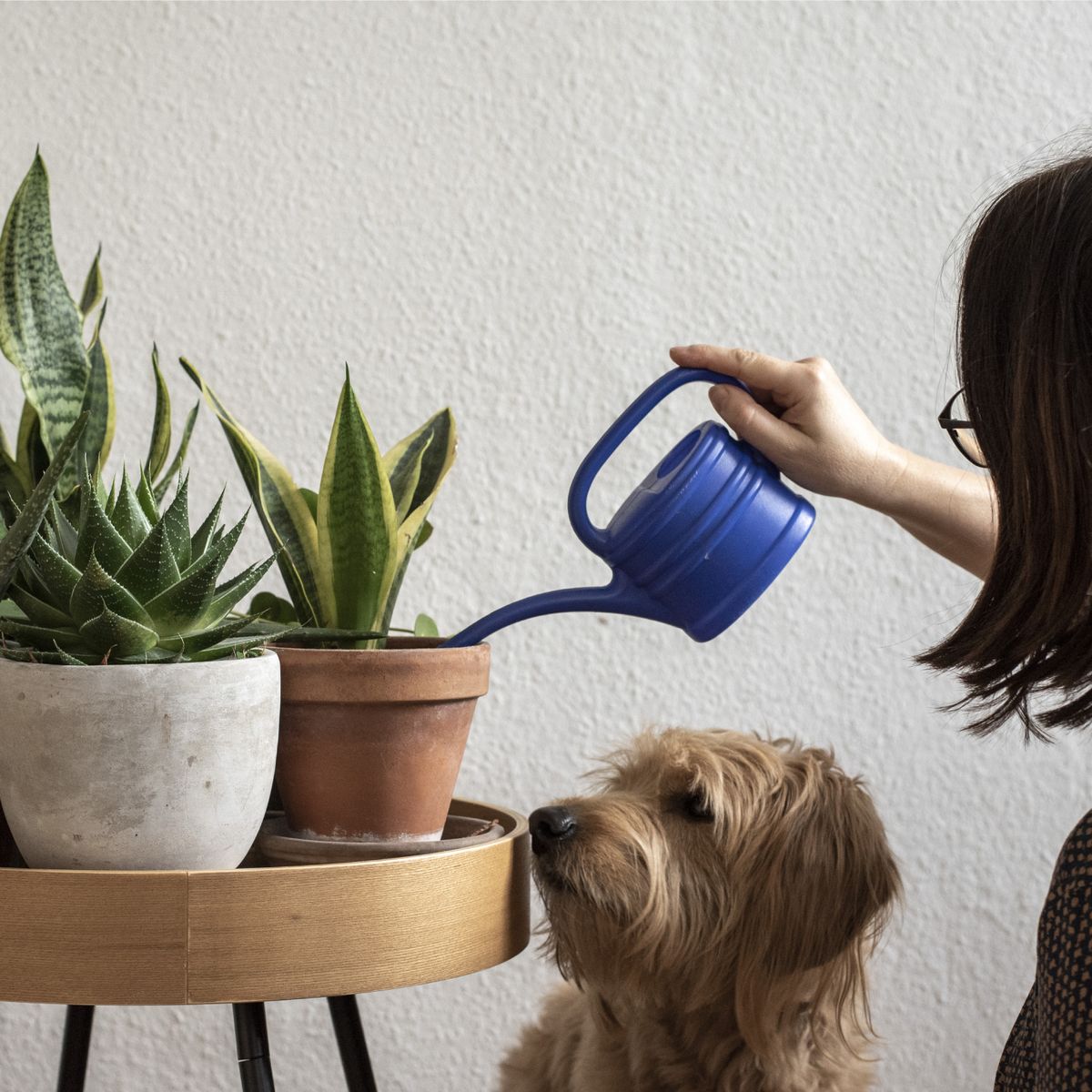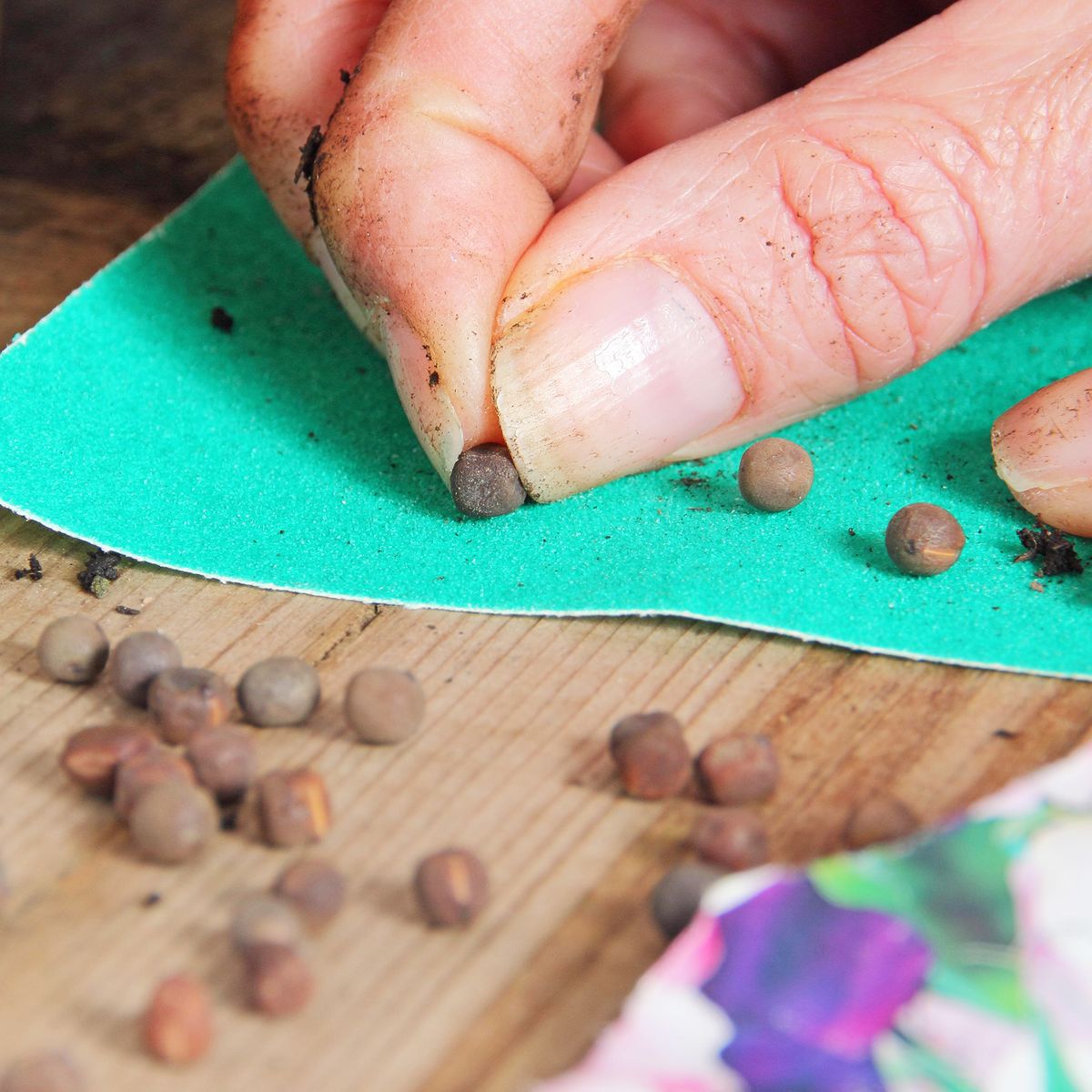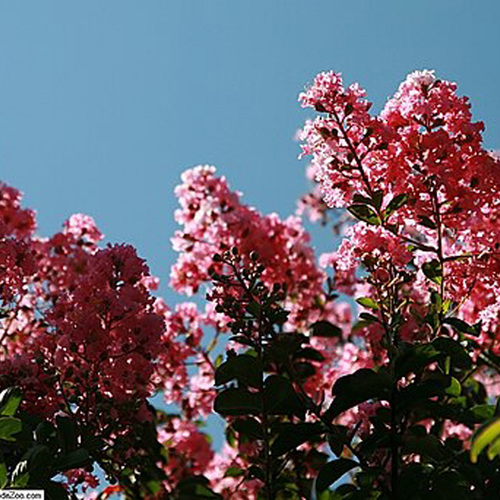Bougainvillea is a popular genus of ornamental vining plants known for their high salt tolerance and large, colorful bracts. These natives of South America love the warmth and will flower all year when grown near the equator.
For more northern climates, Bougainvillea plants produce seasonal flowers, generally with a bloom cycle of four to six weeks.
Bougainvillea may be grown as a perennial in USDA hardiness zones 9 to 11 and fares best in temperatures between 65 and 95° degrees Fahrenheit.
The plant may suffer damage when the temperature hits 40° degrees Fahrenheit or below.
The good news is that these plants may be grown in pots and actually thrive indoors as annuals under the right conditions.
Tips On Caring For Bougainvillea In Pots
Taking care of a potted bougainvillea is surprisingly easy once you know the basics.
Here is everything you know about raising your bougainvillea as a container plant.
Choose a Suitable Species or Sport
Keep in mind that some species of bougainvillea can get pretty tall, so you will want to go with a smaller specimen. Some types of bougainvillea that are perfect for containers include:
- “Bambino Baby Sophia”
- “Blueberry Ice”
- “Crimson Jewel”
- “La Jolla”
- “Miss Alice”
- “Oo-La-La”
- “Raspberry Ice”
- “Rosenka”
- “Singapore Pink”
- “Vera Deep Purple”
The Best Pot What Is Best?
Any good container will do, as long as it has adequate drainage holes.
Avoid using a saucer or other water-catching item under your container, as the water retained can still have a negative effect on your bougainvillea.
Repotting
Repotting will generally be necessary once every 2 years or so, as this plant is well-adapted to salt buildup.
Aim to repot your bougainvillea in the early spring, especially for outdoor containers that may be subjected to lower temperatures.
These plants love a bit of restriction, so only move the plant to a pot one size larger than what the plant was rooted in.
Always ensure the new soil is slightly damp before transplanting and add any trellis or support at the time of transplanting.
The Right Soil
Bougainvilleas have thin roots, so you’ll want to make sure your soil is well-draining.
A standard potting soil mix with a pH between 5.5 and 6.5 will suffice, but make sure it contains no peat or other water-retaining additives.
You may wish to add some coarse sand or a similar aggregate to further aid in draining.
Alternatively, you may choose to go with a soilless growing medium.
In this case, you will actually want to add a small amount of peat to keep the plant from completely drying out.
Remember to fertilize your bougainvillea regularly with a 6-8-10 NPK ratio fertilizer when using any soilless mixture.
Iron supplements may also be necessary if the plant shows signs of chlorosis (yellowing of the leaves).
Water and Light Requirements
Bougainvilleas follow the soak-and-dry method for watering.
Thoroughly water the plant, then allow the soil to become partially dry.
A good rule of thumb is to aim for the soil to be dry to the touch 2 to 3” inches deep before watering again.
Don’t let the soil become completely dry, as this will harm the plant’s roots.
Related: 12 Tips on Bougainvillea Watering
Your plant will require at least 5 hours of full sun daily to stay healthy.
Keep it by a south-facing window, especially in the winter.
When the temperature permits, you can also take your potted bougainvillea outside to enjoy more direct sunlight.
It can be more difficult to get these plants to bloom indoors, so the more time you can give them outside and the more direct sunlight, the better your chances.
Other Considerations
Bougainvillea is mildly toxic when ingested in large quantities, so it may be best to keep it away from pets that like to nibble on your houseplants.
These plants are also susceptible to root rot and a variety of pests, including:
- Aphids
- Bougainvillea looper
- Leaf miner
- Mealybugs
- Scale
- Slugs and snails
- Spider Mites
- Thrips
Proper care and feeding can help reduce the risk of infestations, but you will also want to check regularly for signs of an infestation.












